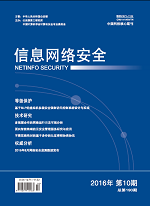In view of the security management and protection requirements of mobile terminals, this paper designs a cloud security service platform technology architecture for intelligent terminal, and puts forward security measures and complete research and development. The platform achieved mobile terminal equipment management, security certificate, encrypted transmission, application security, security service interface by comprehensive use of cloud computing, mobile internet, identity authentication, encryption transmission and key management technology. At present, this platform is in trail operation in Tian Jin, Fu Jian and Jiang Su. The security protection of mobile terminal is realized by this platform.According to the practical application effect, the technology and the functional architecture of the platform has a strong replicability which is conducive to realize to safety management and service of mobile terminal and application by cloud mode.

